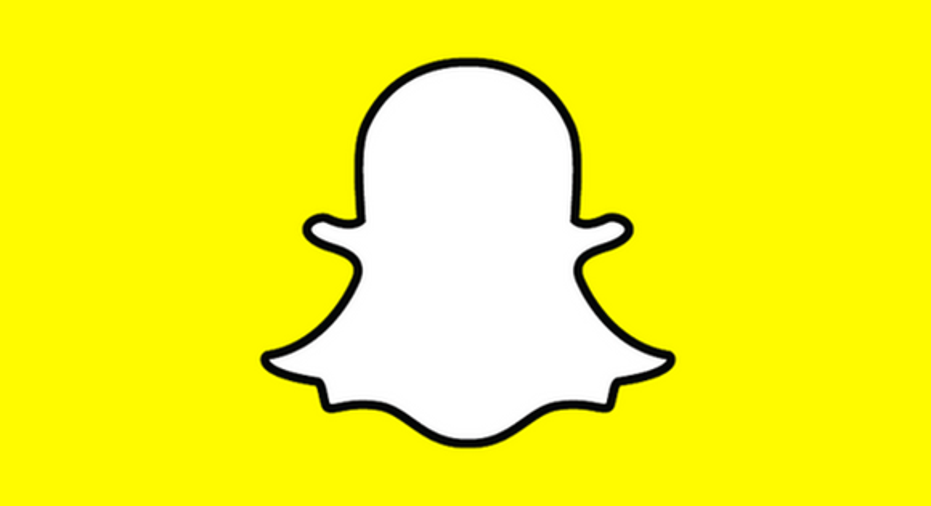Snap IPO: Millennials Love It, Should Investors?

After months of anticipation, Snap (NYSE: SNAP)finally made its public S-1 filing with the SEC. Form S-1 is used to register securities with the SEC and provides prospective investors the first glimpse at a company's financials and other data the company wishes to disclose. Snap's S-1 has the standard balance sheet and income and cash flow statements, but it includes a lot of juicy details, as well.
Image source: Snap, Author.
We already know millennials love Snapchat, and management made sure to highlight that fact. But should investors be equally enamored with the highly anticipated IPO?
Key financials
Snap S-1 SEC filing.
Snap is considered a growth company, and as such, its main focus is on improving its top line. To that end, it managed to increase revenue to $404.5 million last year from $58.7 million the year before. That growth was fueled by an increase in the total number of ads shown per user, as well as an increase in total users. Snap introduced several new ad formats on Snapchat last year and opened an application program interface (API), which made it easier for more companies to buy ads.
But that revenue growth came at a price. Snap invested heavily in new research and development to create new ad products, as well as sales teams to sell those ads. Snap also experienced a 148% increase in its cost of revenue, mostly related to hosting costs it pays to Alphabet (NASDAQ: GOOG) (NASDAQ: GOOGL) for its cloud platform. (It also announced plans to spend even more with Google over the next five years.)
The result was a widening net loss. The company lost $514.6 million last year, 38% more than its $372.9 million loss in 2015.
Snap also believes free cash flow is an important financial metric since its reliance on Google's servers means it doesn't incur huge capital expenses like Facebook or Twitter, which own their own servers. Snap burned through $677.7 million last year, up from $325.8 million in 2015.
User growth and engagement
Snap focused on daily active users in its filing, noting that it's the most useful perspective of its business. Over the last year, daily average users (DAUs) increased 48%, to 158 million. The company noted it averaged 161 million DAUs in the month of December, but it will use a quarterly average when it reports results in the future.
//
Source: Snap S-1.
Snapchat's user growth has notably slowed over the last few quarters, and Snap expects user growth to continue slowing. Investors expecting Snapchat to reach any size resembling Facebook will be disappointed.
Snapchat's users are highly engaged, however. The company notes the average user opens the app 18 times per day and spends between 25 minutes and 30 minutes per day in the app.
Over 2.5 billion Snaps are created every day. That compares with Facebook, which says its users spend 50 minutes per day between Facebook, Instagram, and Messenger. Twitter users spend considerably less time in its app -- Comscore estimated just one minute per user last year.
That strong engagement implies that Snap has room to improve its average revenue per user. Last quarter, Snapchat's ARPU was just $1.05, $2.15 in North America. By comparison, Facebook generated $4.83 per monthly user globally and $19.81 per user in the U.S. and Canada.
Even Twitter managed to produce $2.33 per global monthly user in the fourth quarter last year. Considering Snapchat ads are generally considered high value, there's a lot of room for improvement in monetization of the existing user base.
Should you buy it?
Snap represents a very risky investment. It's going up against stiff competition from Facebook, which is unabashedly copying its main stories feature in Instagram. Its user growth is slowing as a result. Users are also heavily concentrated in a few areas, which Snap spins as a positive by saying it has a large presence in some of the largest advertising markets. For most advertising companies, however, breadth is the name of the game.
Snap's also heavily dependent on Google Cloud for its infrastructure, which will continue to cut into its gross income. Management even lists potential disruption of Google Cloud as a risk factor in the S-1 filing.
Still, its revenue growth is exciting. The $405 million it generated last year surpassed its internal expectations according to a leaked document early last year. Analysts expect revenue to reach nearly $1 billion this year, and its execution last year is an encouraging sign that it can reach those expectations. Snapchat's ad products are extremely compelling and unique (although Facebook is doing its best to copy it), and it has the young audience brand that advertisers covet.
Ultimately, an investment in Snap at its IPO is an investment in Evan Spiegel, the visionary CEO that's led numerous product innovations at Snapchat. The S-1 filing also reveals that he's done extremely well in acquiring technology and talent to support Snapchat's growth.
For investors willing to take on significant risk and who believe in the vision and abilities of Evan Spiegel as a CEO, Snap could make an interesting investment.
10 stocks we like better than SnapchatWhen investing geniuses David and Tom Gardner have a stock tip, it can pay to listen. After all, the newsletter they have run for over a decade, Motley Fool Stock Advisor, has tripled the market.*
David and Tom just revealed what they believe are the 10 best stocks for investors to buy right now and Snapchat wasn't one of them! That's right -- they think these 10 stocks are even better buys.
Click here to learn about these picks!
*Stock Advisor returns as of February 6, 2017
Suzanne Frey, an executive at Alphabet, is a member of The Motley Fool's board of directors. Adam Levy has no position in any stocks mentioned. The Motley Fool owns shares of and recommends Alphabet (A shares), Alphabet (C shares), Facebook, and Twitter. The Motley Fool has a disclosure policy.



















